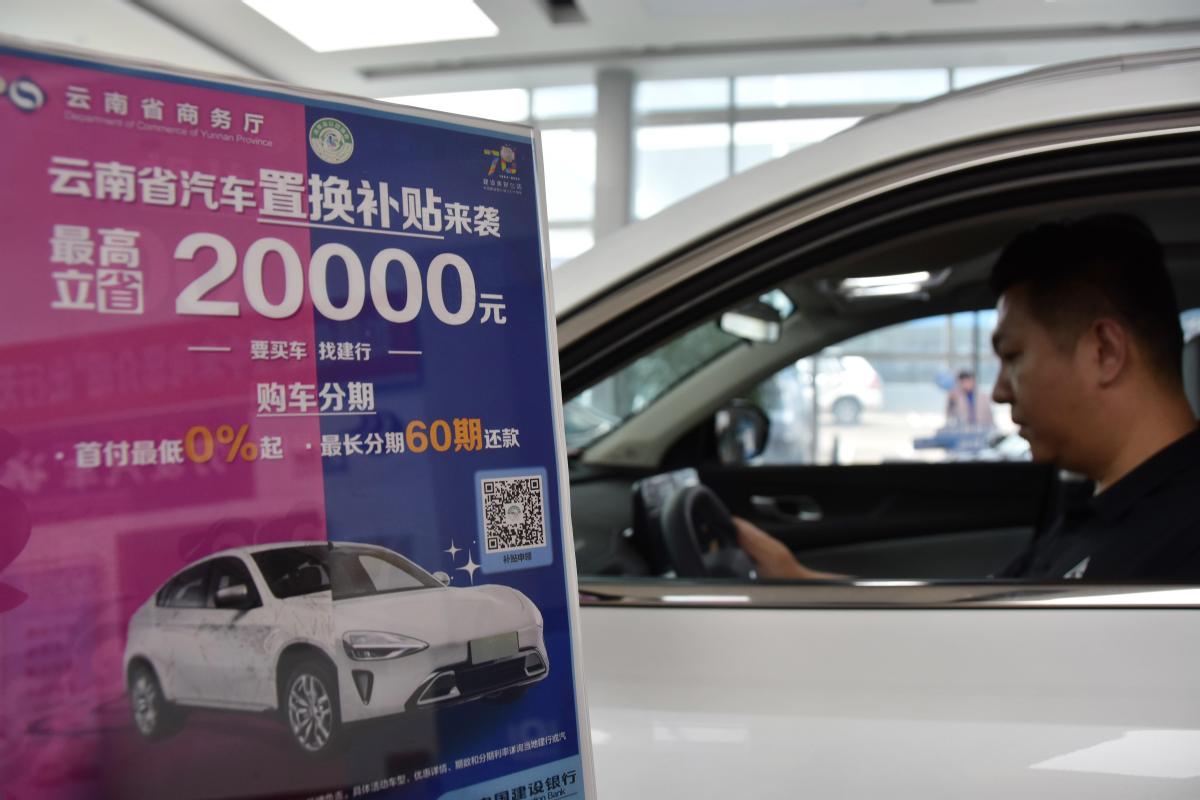Renewals, trade-ins unlock investment, consumption
Households in China have combined total of more than 3 billion major home appliances and over 300 million automobiles


China's investment in the purchase of equipment and tools grew by 16.8 percent year-on-year in the first eight months of the year, outpacing the overall growth in fixed-asset investment by 13.4 percentage points, and contributing 64.2 percent to total investment growth, data from the commission showed.
This Jan-Aug figure represented a 3.5 percentage point increase compared to the first seven months, indicating that the government's intensified policy support for equipment upgrades had a more pronounced effect in August, Zhao said.
According to preliminary estimates, the equipment upgrade projects supported by government bond funding this year will involve a total investment of nearly 800 billion yuan, said Liu Dechun, director-general of the commission's department of resource conservation and environmental protection.
This can facilitate the replacement of more than 2 million units of various types of equipment, resulting in energy savings of equivalent to approximately 25 million metric tons of coal per year, Liu added.
As the world's largest manufacturing powerhouse, China accounts for around 30 percent of global manufacturing value added, and is home to the largest inventories of various types of machinery and equipment globally. With the ongoing advancement of industrialization and urbanization, the demand for advanced equipment continues to grow, presenting a vast and significant opportunity for equipment upgrades, analysts said.
The speed of technological change has created a situation where a significant portion of the equipment currently in use is no longer adequate to address the evolving needs of modern industrial production, said Wen Bin, chief economist at China Minsheng Bank.
The combination of aging infrastructure, outdated features, and a lack of digital and smart capabilities has become a critical issue that Chinese manufacturers must address to remain competitive and drive sustainable growth, Wen explained.
"Upgrading the equipment is not just about improving efficiency and productivity, but also about ensuring that industries can adapt to the increasingly digitalized and intelligent operating environments of the future," he said.


















